
Cosmetic products sold in the United Kingdom must comply with various substance restrictions, labelling, documentation, and testing requirements. In this guide, we take a closer look at Cosmetic Products Regulation (EC) 1223/2009, UK REACH, and other compliance requirements relevant to skincare, haircare, makeup and other cosmetic products.
Additionally, we explain the differences between the UK and EU versions of the regulations affecting cosmetic products.
Note that even if some requirements may still be the same in the EU and UK, this may change as regulations continue to be amended and the two diverge further. However, note that the article excludes requirements for cosmetic products sold in Northern Ireland, which remains aligned with EU requirements.
Continue reading Cosmetic Product Regulations in the United Kingdom: An Overview














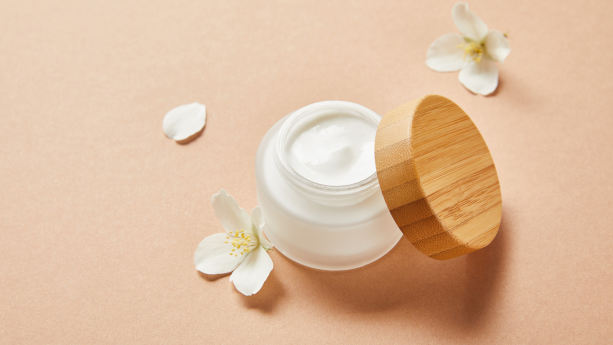
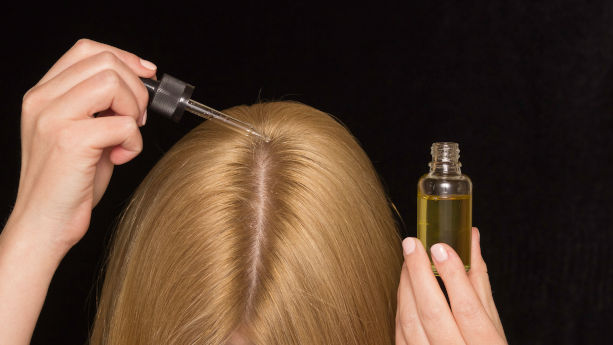


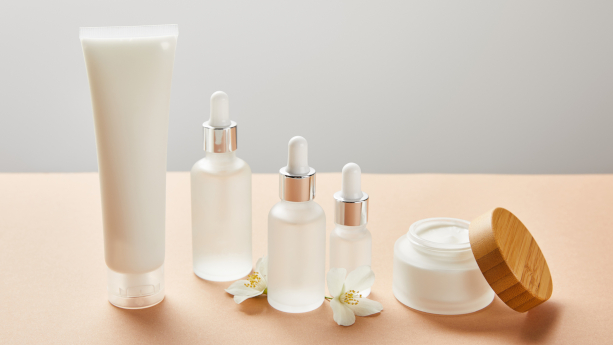
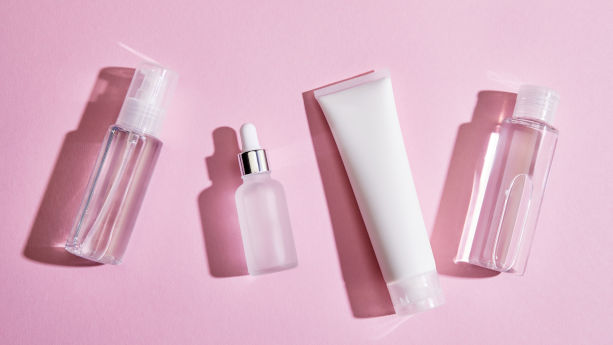
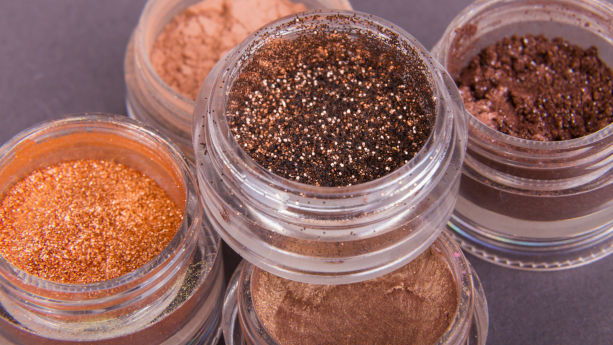

 Create compliance checklists for your product (US, EU & UK)
Create compliance checklists for your product (US, EU & UK) 20+ product certificate templates
20+ product certificate templates Create label files
Create label files Book product testing
Book product testing